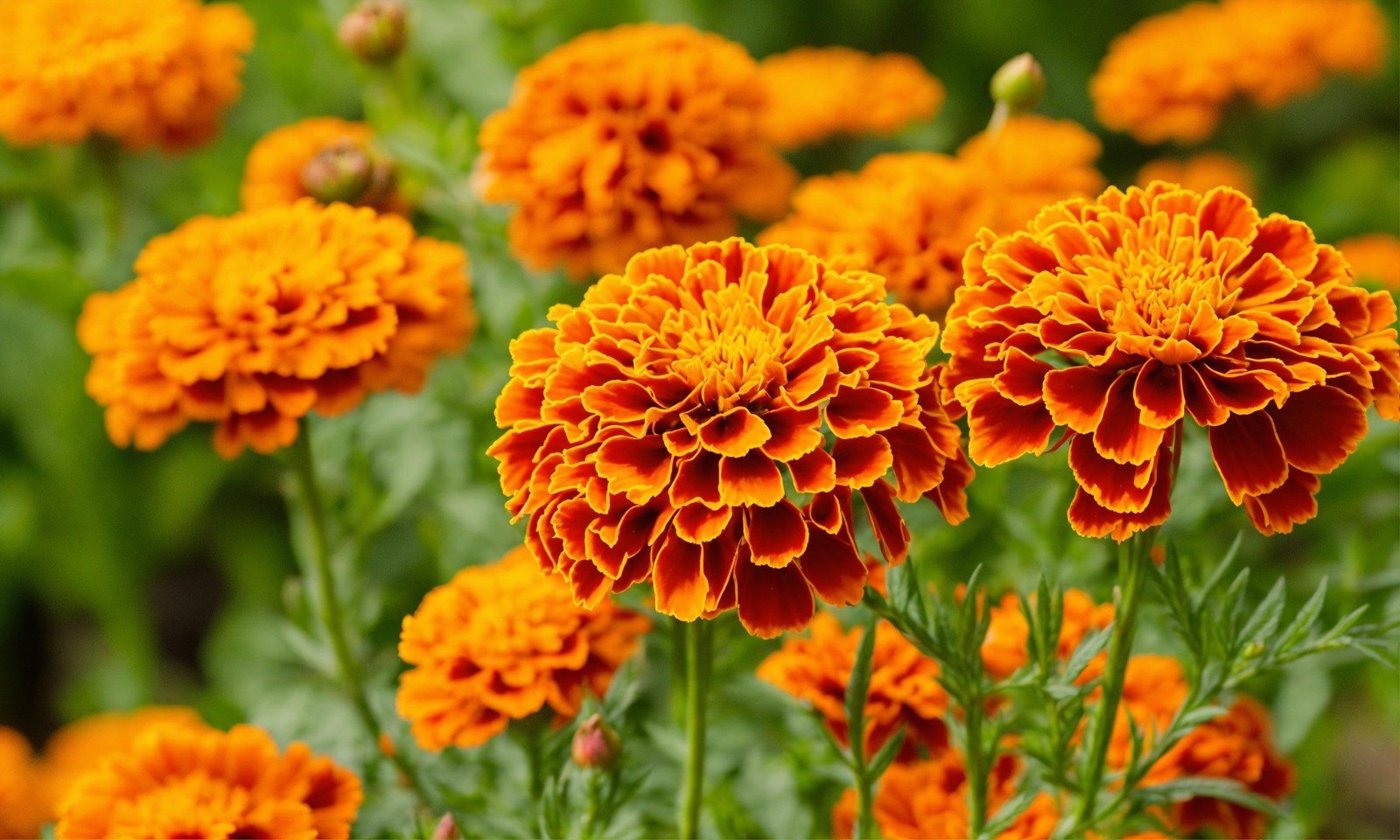Can we grow an Amla tree at home?
Amla is a precious tree. It is known as the Indian gooseberry tree and is sacred to Hindus. The Amla tree grows in the tropical regions of India, Pakistan, Bangladesh, and Sri Lanka. The Amla fruit is about the size of a golf ball and has a sour taste. Amla powder is used as a medicine in Ayurveda, the traditional medicine of India. Amla powder is used to treat diabetes, cancer, and heart disease. Amla powder can be mixed with water or milk and taken twice daily. It is also available in capsules and tablets. You can grow Amla trees at home with little care.

What is Amla?
An indigenous tree to India is the deciduous amla. It also goes by the name “Indian gooseberry.” The amla tree spreads out to approximately 15-20 feet and reaches a height of about 20-25 feet. The leaves are oblong in form, simple, alternating, and have a serrated border. The flowers are white, tiny, and clustered. The fruits are round, greenish-yellow, meaty, and contain a single seed.
The amla tree is cultivated for its fruit which is used fresh or dried in various Ayurvedic formulations. Amla powder is used as a hair tonic and is believed to prevent premature graying of hair. Amla oil is used for massage and is thought to improve blood circulation.
Nutritional value of Amla
Amla, also known as Indian gooseberry, is a nutrient-rich fruit that has long been used in traditional Ayurvedic medicine. Amla is an excellent source of Vitamin C, with one small fruit providing more than 20% of the recommended daily intake. Vitamin C is a powerful antioxidant that can help to protect cells from damage and improve immunity. Amla is also a good source of fiber, which can promote digestive health. In addition to its nutritional benefits, amla is also used in Ayurveda for its ability to help balance the three doshas: vata, pitta, and kapha.
Health benefits of Amla
Amla, also known as Phyllanthus emblica, is a common ingredient in Ayurvedic medicine. Amla is a rich source of vitamins C and A, and also contains many other nutrients including flavonoids, tannins, minerals, and amino acids.
Amla has been shown to have a wide range of health benefits. These include:
- Boosting immunity: Amla is rich in antioxidants which can help to boost the immune system.
- Reducing inflammation: The anti-inflammatory properties of amla can help to reduce inflammation throughout the body.
- Supporting heart health: Amla can help to lower cholesterol levels and improve blood circulation. This can in turn support overall heart health.
- aiding digestion: Amla can help to stimulate appetite and aid in the digestion of food.
- Promoting skin health: The antioxidants present in amla can help to protect the skin from damage and promote a healthy complexion.
How to grow Amla tree at home
Amla, also known as Indian gooseberry, is a popular Ayurvedic medicine that is used to treat a variety of conditions. The amla tree is native to India and grows in tropical and subtropical regions. Amla fruits are small, greenish-yellow berries that are high in vitamin C.
Amla trees can be grown at home with some basic care. Here are some tips on how to grow amla trees:
- Choose a sunny spot in your garden for planting the tree. Amla trees need at least 6 hours of sunlight every day.
- Make a hole that is twice as wide and deep as the root ball of the tree.
- Place the tree in the hole and fill it with soil, tamping it down gently as you go.
- Water the tree deeply immediately after planting and keep the soil moist until the tree is established.
- Fertilize the tree once per month during its first growing season using a balanced fertilizer such as 10-10-10. After the first year, you can reduce fertilizer applications to once every two months
Conclusion
Amla trees are not only beautiful and beneficial, but they’re also surprisingly easy to grow at home. With a little care and attention, you can have your own amla tree producing delicious and nutritious fruits in no time. So what are you waiting for? Give it a try today!



